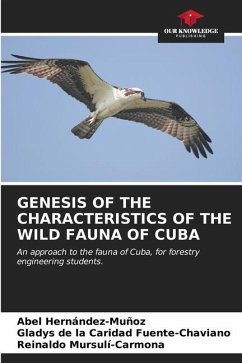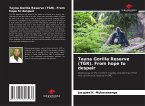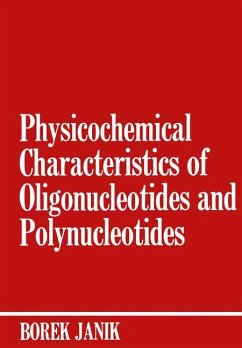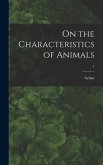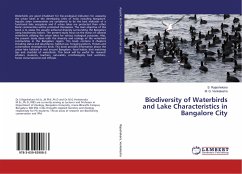Cuba's fauna is similar to that of other islands, with high levels of endemism and a low and skewed taxonomic biodiversity. The pattern of low abundance and high diversity is also evident among invertebrates, which constitute the majority of the island's fauna. In the complex and very peculiar evolutionary process of the Cuban natural fauna, several geographic-ecological factors intervene, from the more or less distant geological past, which can be affirmed to have been essential in the genesis of the general characteristics of this group of wild animals. In the present book the remarkable influence of the multiplicity of the effect of biogeographical borders in the determination of the characteristics of the wild fauna of Cuba is approached.

